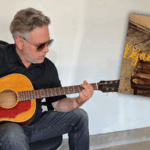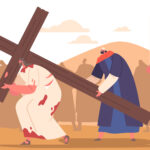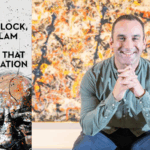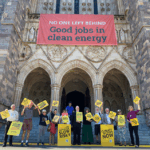In July 2024, I decided to walk the Camino Santiago (Way of Saint James). An ancient pilgrimage across Northern Spain, ‘the way’ is not just healing for the body, but for the mind and spirit also.
Pilgrimages have long been an integral feature of Christian faith. Indeed, they date back to the third century, when early followers sought ‘traces of Jesus’ in the places relevant to His ministry.
During Medieval times, pilgrimages were a sign of status with pilgrims buying badges to boast of their achievements. And although time has changed so much since, at the start of my own pilgrimage there was an emotional comfort and reassurance when it was impressed upon me that I should, in the same way, purchase a Credencial – namely a pilgrim passport of the Camino. With this, my route would be stamped as I made a path along it, ultimately earning a certificate from the cathedral in Santiago (for which you must walk at least 100km to qualify).
In modern lexicon, the term ‘pilgrimage’ is more associated with any kind of journey that has a spiritual or worshipping connection – for example, a pilgrimage to Graceland. Yet from Mecca to Our Lady of Guadalupe in Mexico, holy pilgrims continue their march onwards.
My own journey of enlightenment was borne from a combination of factors: after a period of homelessness and heartbreak I was feeling exhausted and lost; with four weeks of walking, and nothing else, holding a fragile promise of healing.
I was also newly discovering faith, having been baptised the previous March, and was keen to explore and discover Christianity at my own pace via this ancient ritual.
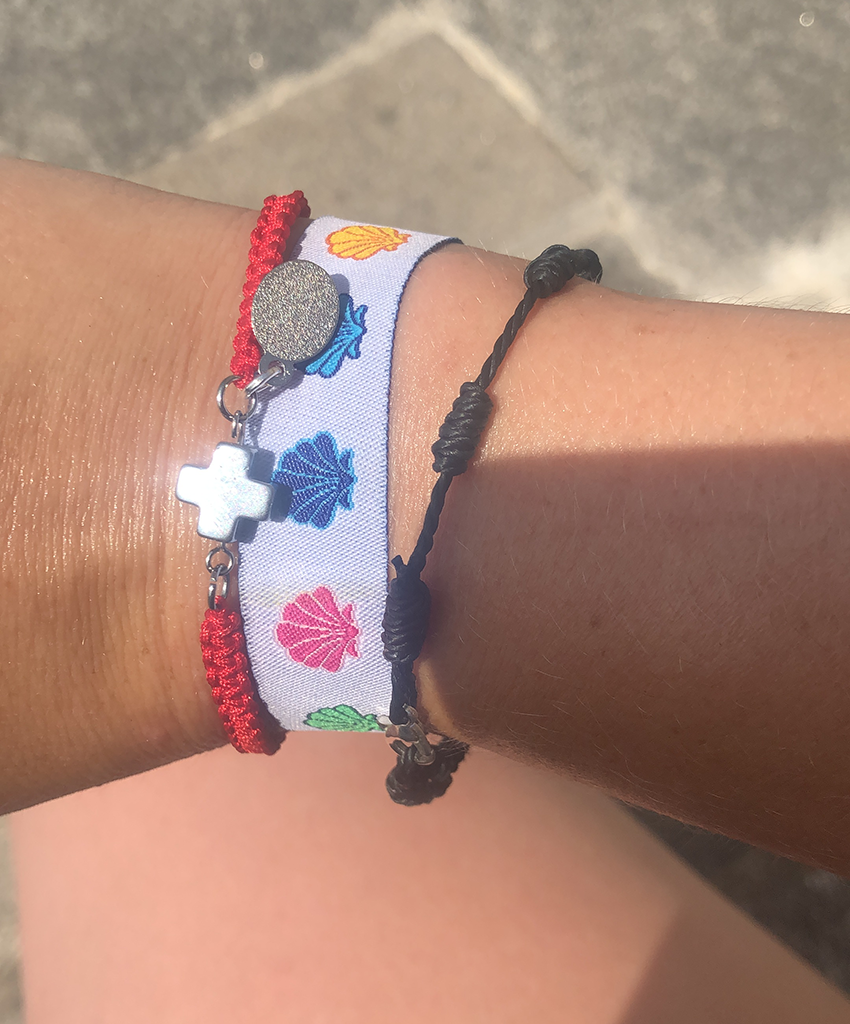
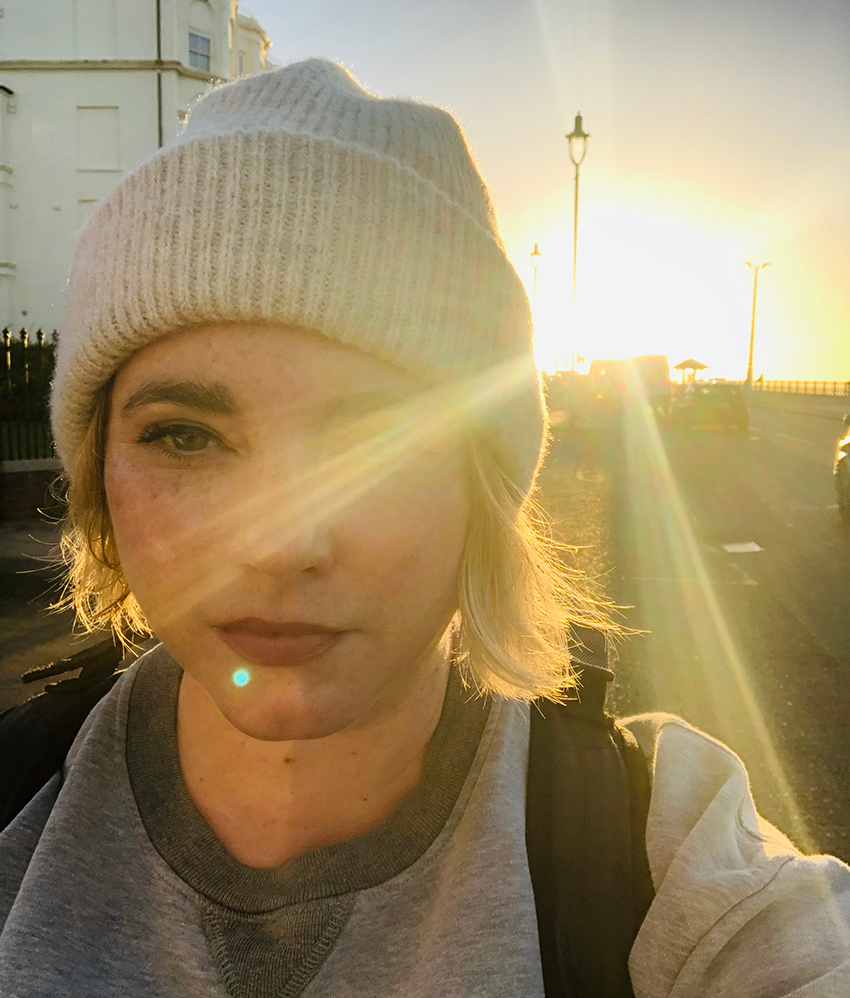
The Camino is legendary, yet it offers many different routes, all possessing their own treasures. The Camino de Norte begins in Irun (near the northern border with France) and runs 865km across the stunning Northern Spain coastline: a cornucopia of sandy beaches, stunning clifftop views and vibrant coastal villages. Whereas the Frances begins in the French Pyrenees and is often busy (ideal for those seeking amigos) though gruelling in places, particularly the stretch through the Meseta Desert.
The Camino Primitivo is the original and oldest of the routes to Santiago de Compostela, following in the footstep of Alfonso II who reigned over the Kingdom of Asturias and northern Spain in the early 9th Century. Asturias – with its capital city of Oviedo – was significant as one of the remaining Christian strongholds, while much of the rest of what we now know as Spain had succumbed to the Muslim conquest during the 8th Century. It is said that that Alphonso made the journey from Oviedo to Santiago in order to verify and worship the mortal remains of St. James, before ordering that a tomb be built for the apostle.
The Primitivo is rugged, remote and extremely challenging at times, but it is also stunningly beautiful, instilling in the pilgrim heart an incredible sense of sanctuary and peace. I learnt very quickly, that though ‘only’ 300km long, the steep inclines, precipitous natural paths and sweltering heat (on occasion up to 38c) combined to make some days painfully gruelling, especially when aiming to cover up to 26km (16.1 miles) before darkness fell.
Enduring such agonies with the promise of a long, hot bath and a comfy, king-size bed at the end, would be bearable, and there is indeed the option of this. Many travel companies offer the opportunity for travellers who wish to only walk a short stretch of the Camino the luxury of pre-booked hotels with en-suite private rooms, buffet breakfasts and even the option of ‘shipping your pack’ where your heavy backpack is magicked to the next hotel, leaving you to stroll comfortably with just a light day bag.
However, this makes the Camino a costly endeavour, and in my opinion, takes away aspects from the spiritual aspects of the journey. The other avenue is to stay in the numerous albergues that await in every main town (each route is split up into stages). There are two varieties of these pilgrim hostels: the municipal ones, which are run by the local town and offer a bed for as little as a few euros per night; or the private establishments that come in around €15-20 mark.
Both are incredibly basic and usually consist of large dormitories with rows of metal bunkbeds bedecked with disposable bedsheets. They are often mixed gender, with communal bathrooms and kitchens, and can be noisy and unclean. However, what the albergue lacks in luxury, it makes up for in communal spirit. It is not uncommon to see groups of pilgrims from every corner of the globe and of every age, cooking, breaking bread and raising a glass together. Friendships are forged in these places that last long after one’s Camino comes to its end.
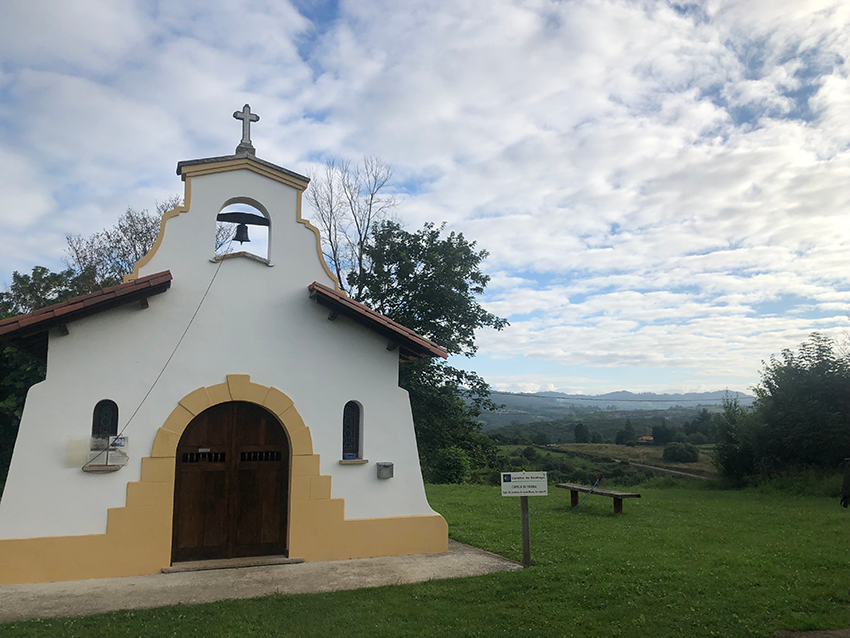
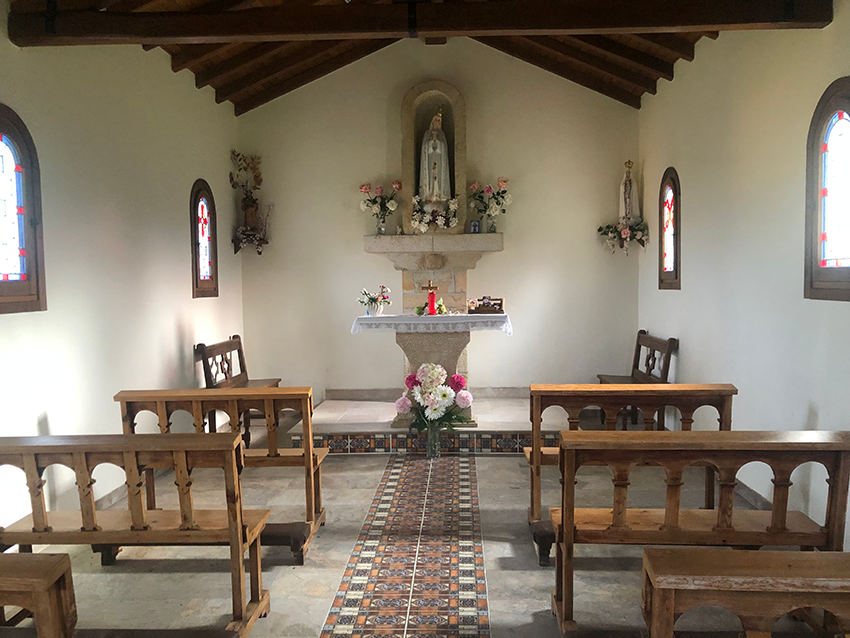
At the break of dawn, sometimes even before, a great exodus commences in the dormitories, as eager pilgrims set out not just to beat the sun, but when planning to stay in municipal hostels with few beds, their fellow pilgrims also.
Those, like me, who were not at peak fitness, struggled with these mornings the most. I found that overnight my calf muscles would seize up and result in screaming pain that would not ease until after several hours of walking.
It was during these moments where one might question the decision to choose this vacation over say, a fortnight lying by a pool, but it became evident to me that it was during these periods of agony and despair, as I counted down the miles and doggedly followed the yellow arrows that mark the route (a map is not necessary on the Camino!) that this was where the real healing was done.
My fractured mind was rebuilding itself in those hours of total solitude and there was one vital morning where, after slogging for hours up a mountain, I experienced a moment of total peace and clarity. And despite being physically completely isolated, I realised for the first time that I had never been alone and that I never would be.
Day after day I felt the heavy cloak of despair lifting from my shoulders; I felt lighter in body and soul and my pale, podgy legs were becoming tanned and lean. I still had moments of doubt and regret, but it was nothing that a chilled glass of Albariño, a hearty plate of Spanish ham and cheese, and a long chat with a new acquaintance couldn’t lift.
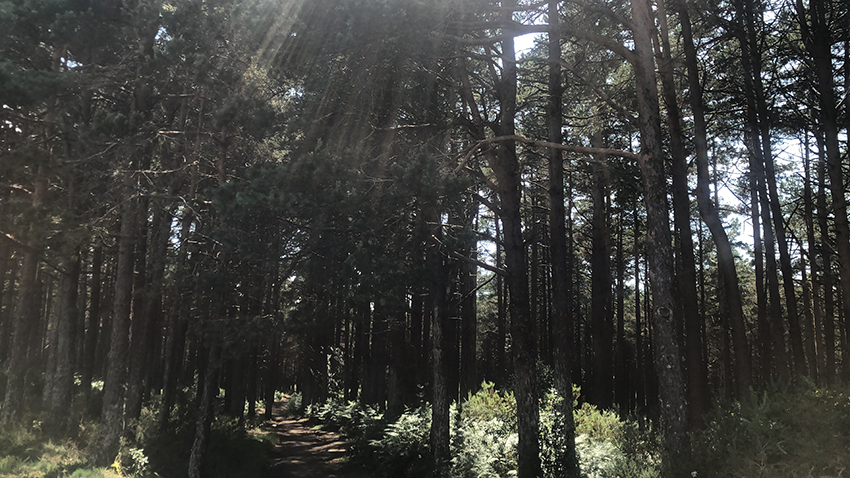

I also fell over many times, most pertinently at the very beginning of my Camino before I had even left Oviedo, slipping on a metal bridge that was slick with rain as my heavy pack left me flailing like a helpless turtle. Fortunately, a friendly, elderly Spanish lady came to my aid and helped me up with no sign of mirth on her tender, tanned face.
The Camino is not a race. As in life, there were those in a perpetual hurry – and to be fair, most travellers don’t have the luxury of time that I did – but I was happy to be overtaken. How often in life do you stop to marvel at a natural waterfall that weaves through a forest, or breathe in the scent of eucalyptus trees warmed by sun as your mind drifts off to the constant tinkling of cow bells?
Ultimately, a pilgrimage is whatever you need it to be. Some seek healing, some wish to push their physical limits, and others simply wish to cruise on the wave of solidarity, spirit and joy that is found throughout this nomadic and ever-changing community.
For me, this was a relearning of trust, not just in myself but in the greater, eternal connection to faith that I had been longing for my entire life.
So whatever your reasons, should you partake on this great adventure, God speed, and as they say on ‘the way’: buen Camino.
Karen Overton







